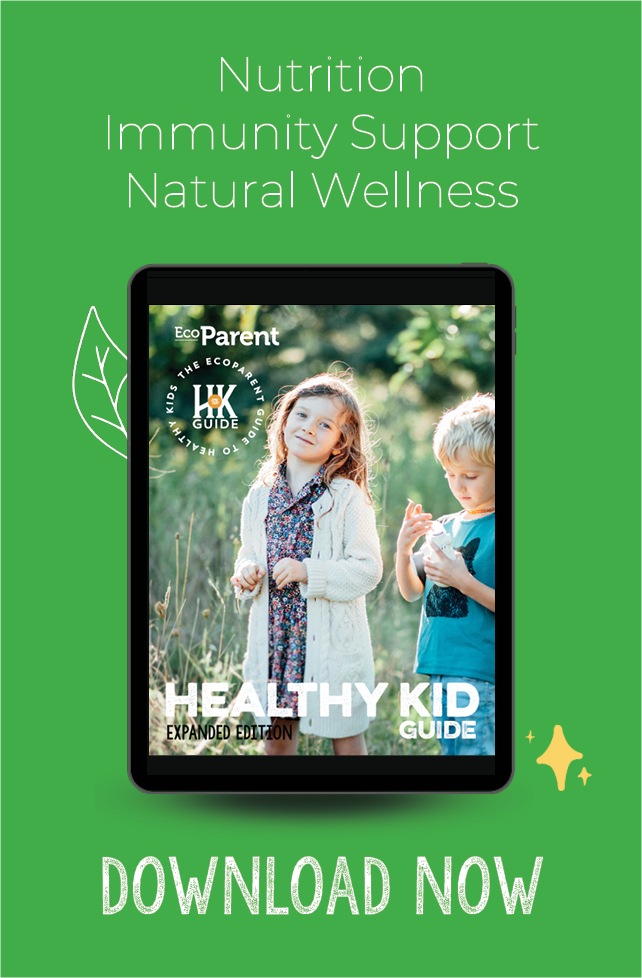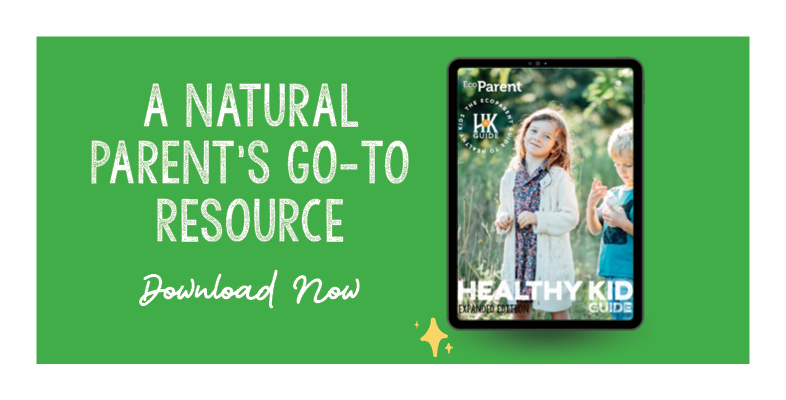Menopause is often painted with a few broad brushstrokes: hot flashes, night sweats, and mood swings. But beneath the headlines lies a quieter, often unspoken experience known as vaginal atrophy, or genitourinary syndrome of menopause (GSM), that can affect up to 84 percent of postmenopausal women. It may not get the spotlight, but for many, it’s the symptom that impacts their daily life, intimacy, and quality of life the most.
Let’s pull back the curtain on vaginal atrophy, because talking about it, understanding it, and supporting it—both gently and effectively—is not only empowering, it’s necessary.
WHAT IS VAGINAL ATROPHY (GSM)?
Vaginal atrophy refers to the thinning, drying, and inflammation of the vaginal and vulvar tissues due to the decline in estrogen that comes with menopause. Symptoms can include:
- Vaginal dryness
- Burning or irritation
- Pain with intercourse
- Decreased lubrication
- Urinary urgency or frequency
- Recurrent urinary tract infections
You can ask any woman who has experienced vaginal atrophy; these symptoms don’t just impact you physically, they affect sexual wellbeing, relationship dynamics, and emotional health. And yet, they are vastly underreported, likely due to embarrassment, stigma, or the mistaken belief that it’s just something to put up with.
THE HORMONAL CONNECTION
Estrogen plays a key role in maintaining the structure, elasticity, and moisture of the vaginal and urethral (the tube that carries urine out of the body) tissues. As estrogen levels decline during perimenopause and postmenopause, these tissues become thinner, less elastic, and more prone to irritation. The natural pH of the vagina also shifts, which can affect the microbiome and increase the risk of infections.
A HIDDEN ECOSYSTEM
The vagina has its own microbiome, dominated by Lactobacillus species in premenopausal women. These bacteria help maintain an acidic pH, creating a natural defence against infections. With low estrogen, pH rises, Lactobacilli decline, and harmful bacteria may thrive, leading to irritation, UTIs, or infections like bacterial vaginosis (BV) and yeast. Recent research in the journal Menopause confirms that women with GSM have significantly less microbial diversity, with a notable reduction in beneficial Lactobacilli bacteria.
There is good news, though! There are safe, effective, and well-researched therapies that can restore comfort and function to vaginal tissues. From localised estrogen therapy to over-the-counter options like hyaluronic acid and vitamin E, and integrative supports that rebuild moisture and resilience, there are many ways to feel better.
THE GOLD STANDARD
When it comes to treating vaginal atrophy, localised estrogen therapy is the gold standard. And here’s the good news: it’s extremely effective and very safe for most women, including those who can’t or don’t want to use systemic hormone therapy. Some of these options are vaginal estrogen cream, estrogen tablets, or an estrogen ring. These work directly on the tissues that need it without significantly raising systemic estrogen levels. For most women, side effects are minimal, and the benefits, including relief from dryness, itching, pain with intercourse, and even urinary symptoms, are significant. Your family doctor, nurse practitioner, or specialist can help with this type of therapy.
WHAT ABOUT SAFETY?
Updated guidelines from The North American Menopause Society (NAMS) emphasise that low-dose vaginal estrogen has an excellent safety profile and does not increase the risk of breast cancer, stroke, or cardiovascular disease in the vast majority of users.
NATUROPATHIC & INTEGRATIVE SUPPORTS
For many women, layering therapies is an important tool in improving quality of life while dealing with GSM. Localised vaginal hormone replacement therapy may be the foundation, but many complementary supports can improve comfort and tissue resilience and are often a first step in controlling the discomfort that GSM causes.
Complementary Supports
Hyaluronic Acid + Vitamin E Gels (vaginal moisturiser)
—These are a non-hormonal option that can restore hydration and elasticity to the vaginal tissues.
Sea Buckthorn Oil (Omega-7) can be taken orally or applied topically in certain vaginal moisturisers.
Pelvic Floor Physiotherapy
—Chronic tension, pain with intercourse, or urinary symptoms can all be improved with targeted physiotherapy. A specially-trained pelvic floor physiotherapist can help reestablish neuromuscular control and reduce guarding or pain-related dysfunction.
IMPACTING EMOTIONS & INTIMACY
Let’s not forget that GSM doesn’t just affect the body—it affects the heart, mind, and connection, too. Many women describe feeling disconnected from their bodies or reluctant to engage in intimacy due to pain or embarrassment. Partners of those experiencing GSM often fear the pain and discomfort that may come with being physically intimate. This loss of physical closeness can lead to feelings of shame, grief, or frustration, both personally and within a partnership.
Low libido, painful sex, and dryness can make intimacy feel like a chore or even a source of anxiety; however, communication is powerful medicine. Talking openly with your partner about what you're experiencing, what feels good, what doesn’t, and what support you need, can build emotional intimacy, even when physical intimacy is temporarily on pause. Being vulnerable and honest can create space for both partners to express needs and show up with empathy.
It’s also okay to reimagine what intimacy looks like. Pleasure doesn’t have to mean intercourse. Many couples find that redefining connection through touch, laughter, shared experiences, and gentle physical closeness can be just as fulfilling. Finding toys, exploring the body’s various erogenous zones and becoming intimate in different ways can become a temporary or new normal for many couples.
It’s important to acknowledge the grief some women feel; the mourning of the version of intimacy they once had. That grief is real, and valid. But with time, treatment, and compassion (for yourself and each other), it’s entirely possible to build a new, even deeper sense of closeness.
For some, working with a pelvic floor therapist or sex therapist can be a game changer, offering guidance, validation, and a path forward. These practitioners can help restore comfort, confidence, and pleasure—not just physically, but emotionally, too.
PRACTICAL LIFESTYLE TIPS
Managing vaginal atrophy isn’t just about medication, it’s about creating an environment that supports ongoing comfort and vitality. Here are some practical strategies that can make a real difference in your day-to-day life:
- Use lubricants during intimacy
- Apply vaginal moisturisers 2–3 times weekly (or as needed)
- Hydrate well throughout the day
- Avoid irritants like fragranced soaps, bubble baths, and synthetic underwear
- Stay sexually active, if that feels right for you. Regular stimulation (even through solo touch and toys) helps maintain tissue elasticity and blood flow. Use tools or techniques that feel safe, gentle, and supportive.
- Be gentle with yourself. This is a season of change, not decline. Nurturing your body with awareness and kindness is a form of self-respect and healing.
These small shifts can add up to a big impact, especially when layered alongside therapeutic interventions.
If you’ve been dealing with vaginal discomfort, pain, or dryness, please know it’s not in your head, and it’s not something you just have to endure. There are safe, effective treatments, both conventional and integrative, that can help you feel like yourself again. Menopause is a profound transition, but it doesn’t have to mean the end of comfort, intimacy, or connection. Let’s keep talking, keep advocating, and keep supporting one another.









